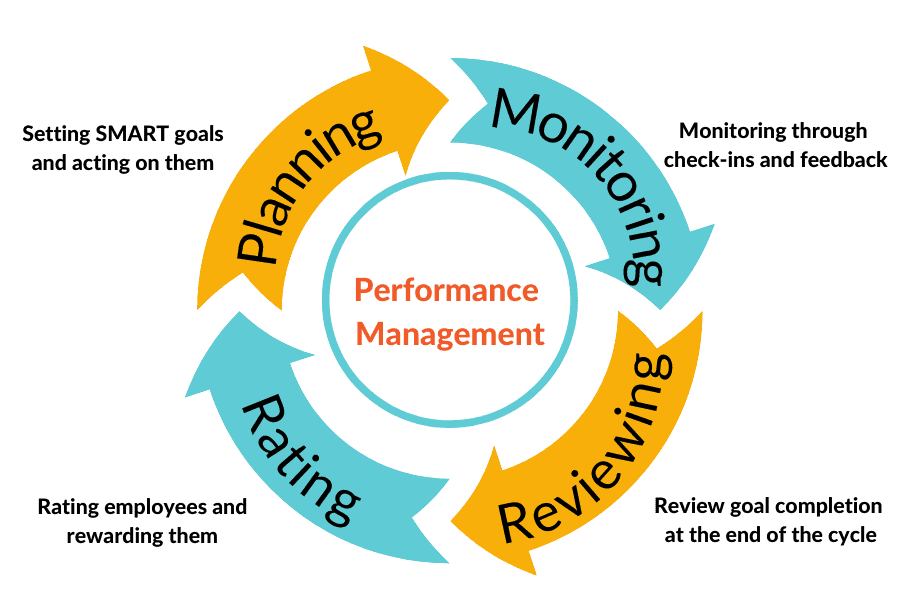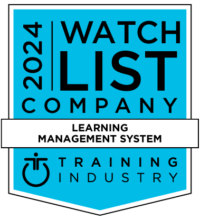
Performance Improvement Plan (PIP)
Identify skills and performance gaps.
Create a plan and benchmarks for moving forward.
A Performance Improvement Plan (PIP) is a structured, action-oriented strategy designed to help employees address and overcome performance challenges. A Performance Improvement Plan (PIP) isn’t just about fixing performance issues—it’s about fostering growth, enhancing skills, and creating a supportive environment for success. Leverage PIP metrics from performance reviews, feedback loops, and even real-time data from ReviewCloud’s performance management tools.

What is a Performance Improvement Plan (PIP)?
A PIP sets the stage for growth by outlining clear expectations and providing support to ensure the employee’s success. It’s essentially a roadmap that helps an employee get back on track by focusing on specific areas of improvement, with measurable goals and a defined timeline.
The goal of a PIP is to transform what could be a stressful experience into an opportunity for development, giving employees a fair chance to meet performance expectations while feeling supported throughout the process.
Benefits of a Performance Improvement Plan (PIP)
For Employees
- Clear Direction: A PIP eliminates uncertainty by providing concrete steps to improve. Employees know exactly what they need to work on and how to achieve it.
- Support for Success: It’s not just about pointing out problems—it’s about offering guidance, feedback, and support. This boosts the employee's confidence and gives them the resources they need to succeed.
- Professional Development: Through the improvement process, employees often pick up new skills, strengthen existing ones, and become more proficient in their role.
- Fair Opportunity: A PIP ensures that employees are given a structured and fair chance to address performance gaps before any drastic steps are taken.
For Organizations
- Improved Performance: When employees receive targeted coaching and support, their performance often improves significantly, enhancing the overall productivity of the team.
- Reduced Turnover: Replacing an employee can be costly and time-consuming. A PIP helps retain talent by giving underperforming employees a chance to improve, reducing turnover rates.
- Strengthened Manager-Employee Relationships: Regular communication and feedback during a PIP build trust between managers and employees, fostering a positive, collaborative work environment.
- Long-Term Success: By using PIPs, organizations ensure that employees are continually improving and aligning with company standards, resulting in a stronger, more capable workforce.
Create Measurable Objectives for a PIP
To be effective, the goals outlined in a PIP need to be clear and measurable. The best way to achieve this is by using the SMART framework, which ensures that objectives are well-defined and actionable:
- Specific: The objective must be clear and detailed. For example, instead of “improve communication,” try “respond to internal emails within 24 hours.”
- Measurable: Make sure there’s a way to track progress. If an employee is working on accuracy, the objective could be “achieve 95% accuracy in reports over the next quarter.”
- Achievable: The goal should be realistic. Aiming for something within the employee’s current capabilities, such as “complete a time management course by the end of the month,” ensures progress is possible.
- Relevant: The objective should be tied to the employee’s role and the company’s needs. For instance, “improve client response times to enhance customer satisfaction” keeps goals aligned with broader business objectives.
- Time-bound: Set a deadline to create urgency and accountability. "Increase project completion rate by 10% within the next 60 days" gives clear timing and expectations.
Track Performance Metrics in a PIP
Regular Check-ins
Schedule weekly or bi-weekly check-ins with the employee to review progress. These conversations help identify what's working and address any hurdles quickly.
Data-Driven Tools
Use performance management tools such as 9-box reviews or key performance indicators (KPIs) to track objective data. This could include productivity metrics, quality of work, or customer feedback scores, depending on the area being measured.
360-Degree Feedback
Seek 360-Degree Feedback from colleagues, team members, or even clients to get a well-rounded view of the employee’s performance improvements.
Document Progress
Keep a detailed log of goals achieved, challenges faced, and feedback provided. This documentation ensures transparency and provides concrete evidence of progress.





